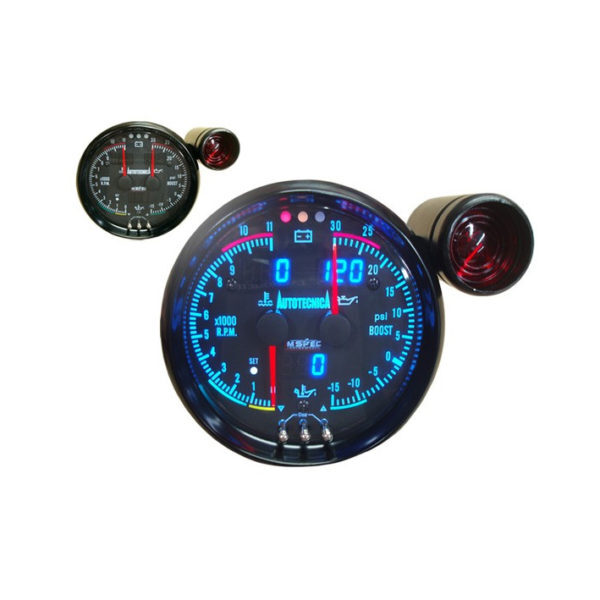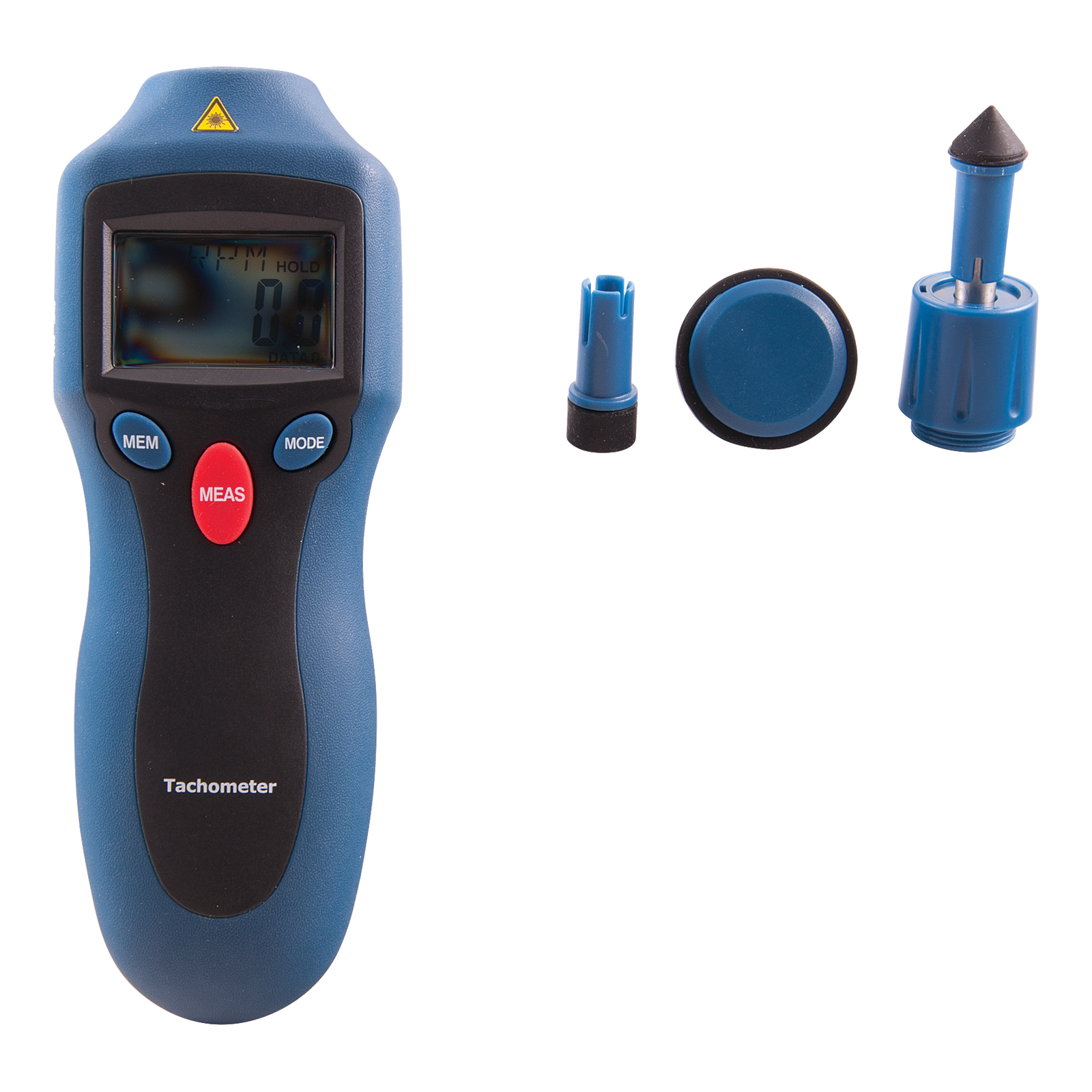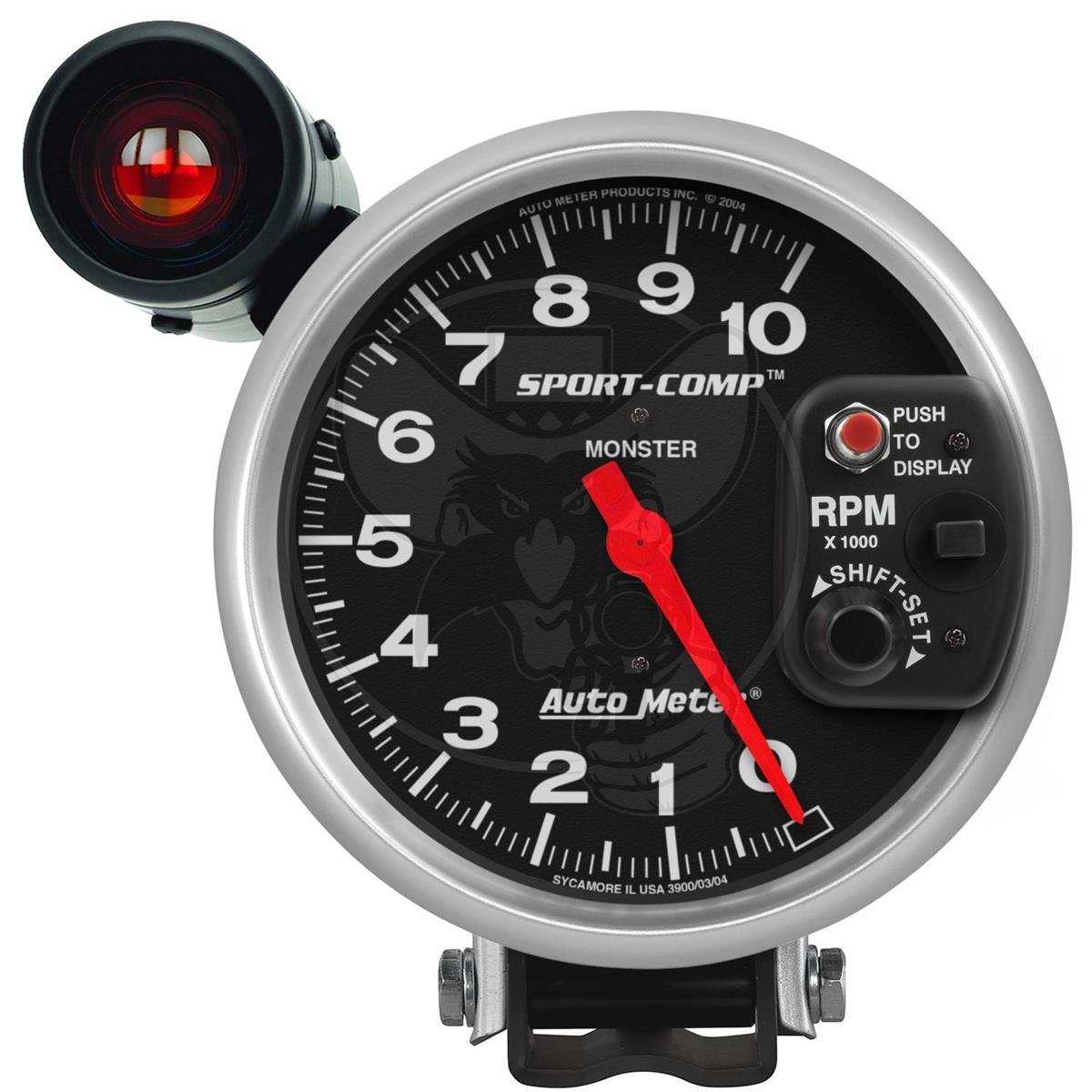Discover Exactly How a Tachometer Can Improve Your Car's Performance
Discover Exactly How a Tachometer Can Improve Your Car's Performance
Blog Article
The Importance of a Tachometer in Monitoring Engine Speed and Efficiency in Automotive Applications
In the world of vehicle design, the tachometer stands as an essential instrument in the driver's collection, offering a direct home window right into the internal functions of a vehicle's engine. Past its feature as a plain scale of revolutions per min (RPM), the tachometer acts as an important tool for enthusiasts and experts alike, providing real-time understandings right into engine performance and wellness. Comprehending the importance of this tool exceeds surface-level observations, delving into the elaborate connection in between engine rate, power outcome, and general driving experience. As we check out the diverse function of the tachometer in auto applications, a deeper appreciation for its effect on car characteristics and performance begins to arise.
Relevance of Monitoring Engine RPM
Keeping track of engine RPM, or transformations per min, is an important facet of vehicle maintenance and performance examination. Engine RPM straight correlates with the speed at which the engine's crankshaft turns, indicating how rapidly the engine is running - tachometer. By checking RPM, technicians can examine the health and wellness of the engine, discover prospective concerns, and fine-tune efficiency. An irregular RPM analysis may signify troubles such as engine misfires, malfunctioning spark plugs, or concerns with the fuel shipment system. Constantly high RPM readings might show hostile driving habits or the need for a higher gear change to boost fuel performance.
Additionally, monitoring engine RPM is necessary for performance assessment in racing and high-performance cars. In summary, monitoring engine RPM is not just essential for identifying issues yet additionally for enhancing engine efficiency in various auto applications.

Benefits of Real-Time Data
In automotive applications, real-time data plays a vital role in giving immediate understandings right into the efficiency and problem of the lorry. By continuously keeping an eye on numerous specifications such as engine speed, temperature, gas consumption, and a lot more, real-time data provides various benefits that add to boosted efficiency and safety and security when traveling.
Furthermore, real-time information facilitates performance optimization by giving immediate responses on driving practices and engine performance. Motorists can change their behavior in real-time based on this information to attain much better fuel economic climate and extend the lifespan of their car.

Moreover, real-time data plays a vital duty in modern-day automobile diagnostics, enabling professionals to quickly detect and attend to malfunctions. This leads to lowered downtime, reduced maintenance expenses, and eventually, boosted overall automobile dependability and durability (tachometer). By taking advantage of the power of real-time data, automotive stakeholders can make educated decisions that positively impact both the efficiency and longevity of the vehicle
Effect On Gear Shifts
Reliable gear changes in vehicle applications dramatically influence general efficiency and driving experience. The tachometer plays a critical duty in optimizing gear changes by giving real-time engine rate data to the click here for more info motorist. When approaching the redline on the tachometer, it signals the motorist to upshift to stop over-revving the engine and triggering prospective damages. On the various other hand, downshifting at the best moment can help maintain the engine in its power band, ensuring receptive velocity when required.
In addition, the tachometer help in attaining smoother equipment transitions, especially in hand-operated transmissions. By checking engine rate, vehicle drivers can carry out gear shifts at the optimum RPM variety, minimizing snagging movements and reducing wear on the transmission components. This accuracy in equipment changes not just enhances driving comfort however likewise contributes to fuel effectiveness.
Enhancing Fuel Effectiveness
Offered the essential role the tachometer plays in enhancing gear shifts for efficiency and engine health and wellness, it directly adds to making the most of fuel effectiveness in auto applications. By providing real-time feedback on engine speed, the tachometer assists vehicle drivers in maintaining the most effective RPM variety for gas economic situation. When motorists regularly check the tachometer and change their motoring habits appropriately, they can prevent unneeded gas consumption triggered by over-revving or carrying the engine.
Moreover, the tachometer assists chauffeurs recognize the most fuel-efficient equipment to be in at any provided moment, stopping the engine from functioning more difficult than required. This is specifically important throughout acceleration and travelling, where being in browse around these guys the right equipment can dramatically affect fuel efficiency. In addition, the tachometer can inform drivers to prospective mechanical problems that could be adversely impacting gas economic situation, such as a slipping clutch or a clogged air filter. In final thought, the tachometer works as a useful tool in enhancing gas efficiency by advertising optimal driving behaviors and recognizing locations for enhancement in the automobile's efficiency.

Making The Most Of Engine Longevity
The tachometer's role in keeping track of engine rate and efficiency is important in ensuring the longevity of auto engines. By using the tachometer properly, chauffeurs can optimize engine long life through conscious RPM monitoring. Constantly revving an engine too expensive can result in too much deterioration on vital components, such as the pistons, valves, and bearings. Over time, this can lead to lowered engine efficiency and potential malfunctions. Monitoring the tachometer allows motorists to remain within the recommended RPM array for their lorry, stopping unneeded pressure on the engine and extending its life expectancy.

Conclusion
Finally, the tachometer plays a critical role in monitoring engine speed and performance in automotive applications. By offering real-time information on RPM, it enables effective gear shifts, enhanced fuel effectiveness, and maximized engine longevity. This device is necessary for maintaining ideal engine performance and making sure the overall capability of a car.
Report this page